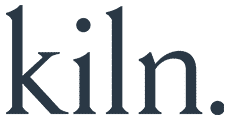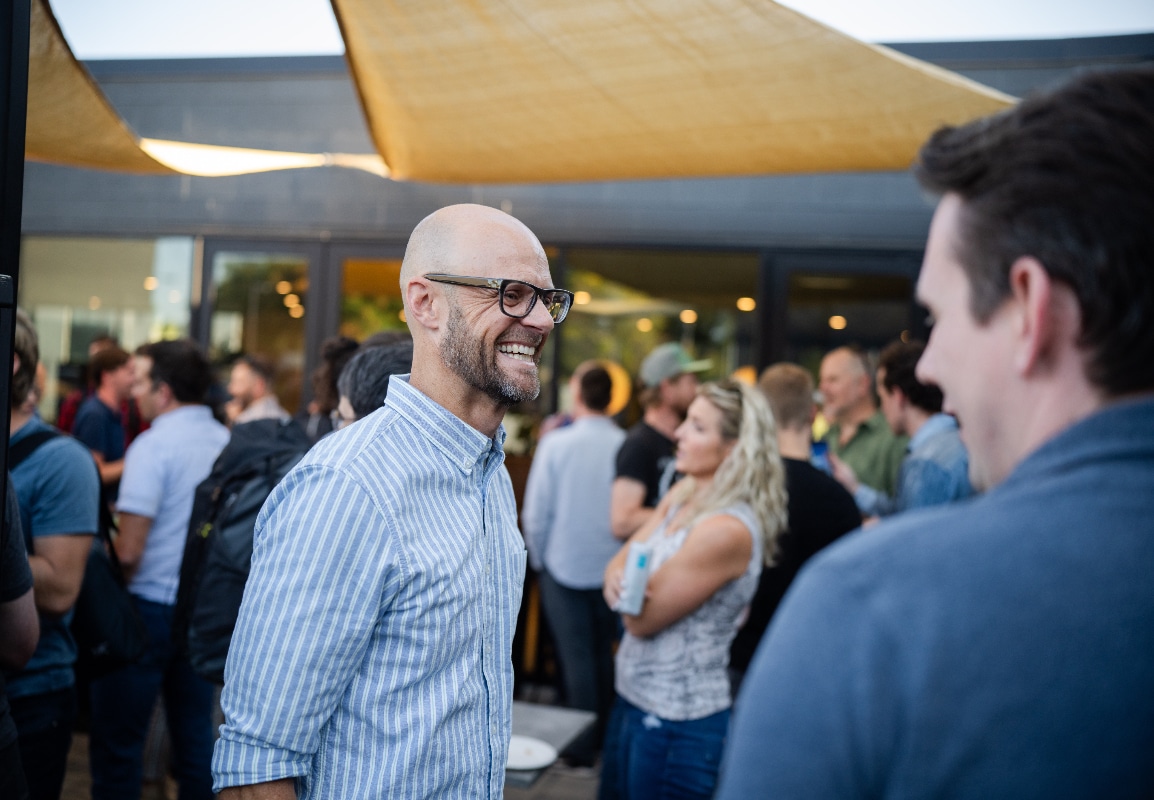The Role of LinkedIn in Shaping Your Professional Narrative
Your LinkedIn profile is more than just a digital resume—it’s a carefully curated story that you control. According to Mariah, every detail you include, from your headline to your profile picture, contributes to the narrative a recruiter will construct about you. Understanding that your profile is essentially your first interview can help you tailor it to present yourself in the best light.
“When I click on a LinkedIn profile, you’re giving me a first impression. You’ve given me a story that has allowed me to create a narrative about you in my mind,” Mariah explains. This narrative isn’t just a passive observation—it’s actively shaped by the choices you make on your profile. Whether it’s the headline you choose or the profile picture you upload, each element contributes to the overall impression you leave on recruiters.
LinkedIn is often the first touchpoint between you and a potential employer. Unlike a traditional resume, which is static and typically customized for individual job applications, LinkedIn is a dynamic, living document that evolves with your career. It offers an opportunity to showcase not just your skills and experience, but also your personality, values, and professional philosophy. By thoughtfully curating your LinkedIn profile, you can steer the narrative in your favor, making it clear to recruiters that you are the right fit for the roles you are pursuing.
Crafting a Compelling Headline
Your headline is one of the first things a recruiter will see, and it’s your chance to make a strong first impression. Mariah stresses the importance of clarity over cleverness. While there’s a trend toward crafting pithy, attention-grabbing headlines, these can sometimes obscure what you actually do, which is the last thing you want when a recruiter is quickly scanning through profiles.
“Don’t overthink your headline,” she advises. “Tell me what you do, and you’ll get the click.” A clear and concise headline is more likely to catch a recruiter’s eye than one that tries too hard to be clever. For instance, instead of a vague or overly creative title, something straightforward like “Sales Manager | Building High-Performance Teams in SaaS” is more effective.
The headline should also include relevant keywords that align with the roles you’re targeting. These keywords help your profile appear in search results when recruiters are looking for candidates with specific skills. For example, if you’re a digital marketer, including terms like “SEO,” “content strategy,” and “social media management” in your headline can increase your visibility to recruiters searching for those skills. The key is to balance specificity with broad appeal, ensuring that your headline is both informative and engaging.
The Power of a Professional Profile Picture
While it may seem superficial, your profile picture plays a crucial role in how you’re perceived on LinkedIn. Mariah acknowledges that people may not want to be judged on their looks, but the reality is that your profile picture is one of the first things a recruiter will notice. A professional, approachable image can set the right tone.
“Post a professional profile picture,” Mariah urges. “It’s a game you have to play.” She highlights the importance of aligning your profile picture with the industry you’re in and the brand you want to work for. For instance, in the hospitality industry, a genuine smile and smart casual attire can make a significant difference. Your profile picture should reflect not only your professionalism but also your alignment with the brand values of the companies you’re targeting.
A great profile picture is about conveying the right message. A well-taken photo can communicate confidence, approachability, and competence. Here are some additional tips for choosing the right profile picture:
High-Quality Image: Ensure your photo is high-resolution. Grainy or pixelated images can make you appear unprofessional.
Appropriate Background: Choose a clean, uncluttered background. While some professionals opt for a plain background, others might choose something relevant to their industry (e.g., a designer might choose a creatively styled backdrop).
Dress the Part: Wear attire that is appropriate for your industry. If you’re in finance, a suit might be expected. If you’re in a creative field, something a bit more relaxed might be acceptable.
Facial Expression: A smile can make you seem more approachable, convey confidence, and express warmth.
Framing and Lighting: Ensure your face is centered and well-lit. Avoid shadows that obscure your features.
By paying attention to these details, you can create a profile picture that enhances your professional image and makes a positive first impression.
Location and Connections: Building a Network That Works for You
Your location and connections are two other critical factors that recruiters consider before they even click on your profile. Mariah points out that location is particularly important in industries like hospitality, where on-site presence may be required. “If your location doesn’t match where the job is, it might not even matter how great your profile is,” she warns.
Equally important are your connections. Mariah explains that mutual connections can significantly influence a recruiter’s decision to view your profile. “Seeing if we have mutual connections gives me insight into your network and how well-connected you are in the industry,” she says. If you’re in a field that values community and networking, having a robust LinkedIn network can be a major asset.
Building a strong network on LinkedIn is not just about the number of connections you have but about the quality and relevance of those connections. Here are some strategies to build and leverage your LinkedIn network effectively:
Connect with Purpose: Don’t just add people indiscriminately. Focus on connecting with individuals who are relevant to your industry, role, or career goals. This includes current and former colleagues, industry leaders, and people you’ve met at conferences or networking events.
Personalize Connection Requests: When sending connection requests, include a brief, personalized message explaining why you want to connect. This not only increases the likelihood of acceptance but also starts the relationship on a positive note.
Engage with Your Network: Regularly interact with your connections by liking, commenting on, and sharing their posts. This keeps you top of mind and helps you stay engaged with your professional community.
Join Relevant Groups: Participate in LinkedIn groups related to your industry or interests. These groups are a great way to meet new people, share insights, and stay informed about industry trends.
Leverage Mutual Connections: If you notice a recruiter or potential employer is connected to someone you know, ask for an introduction. A warm introduction can significantly increase your chances of making a meaningful connection.
By strategically building and engaging with your network, you can increase your visibility and establish yourself as a well-connected professional in your field.
The Importance of Activity: Showcasing Engagement and Expertise
One of the often-overlooked aspects of LinkedIn is your activity—what you like, comment on, and share. Mariah believes that this can tell recruiters a lot about you as a candidate. “I want to see someone that’s involved, someone who has a network they’re speaking to,” she says. Regular activity on LinkedIn shows that you’re engaged in your industry and that you care about staying connected with your professional community.
For those in industries like technology or marketing, where staying current is crucial, your LinkedIn activity can serve as a testament to your knowledge and engagement. Whether it’s sharing relevant articles, commenting on industry news, or posting your insights, staying active on LinkedIn can help position you as a thought leader in your field.
To maximize the impact of your LinkedIn activity, consider the following tips:
Consistency is Key: Regular posting and engagement are more effective than sporadic bursts of activity. Aim to interact with LinkedIn a few times a week to maintain a consistent presence.
Share Thoughtful Content: When sharing articles or posts, add your own commentary to provide context or insights. This not only showcases your expertise but also encourages others to engage with your content.
Highlight Accomplishments: Use LinkedIn posts to share your professional achievements, such as completing a major project, receiving an award, or finishing a certification. This helps reinforce your professional brand.
Engage in Meaningful Discussions: Join conversations in the comments section of posts from industry leaders or influencers. Offer your perspective or ask insightful questions to demonstrate your knowledge and curiosity.
By staying active and engaged on LinkedIn, you can build a strong personal brand that resonates with recruiters and industry peers alike.
Tailoring Your Experience: Highlighting What Matters
When it comes to listing your experience on LinkedIn, it’s essential to strike a balance between being thorough and being relevant. Mariah advises job seekers to focus on the experiences that align with the job they’re targeting. “You have to understand who you’re attracting and what they want to see,” she explains.
For example, if you’re looking to move up in your career, it’s crucial to showcase your current role and the skills you’ve acquired that are relevant to the next step. Mariah suggests that candidates list out the specific skills and experiences that a recruiter would be looking for in their next role. “Make it easy for the recruiter to see that you have the experience and skills they’re looking for,” she says.
Here are some additional strategies for optimizing your experience section:
Use Action-Oriented Language: Start each bullet point with a strong action verb (e.g., “Led,” “Developed,” “Implemented”) to clearly convey your accomplishments and responsibilities.
Quantify Achievements: Whenever possible, include metrics to quantify your achievements. For example, “Increased sales by 20%” or “Managed a team of 10 people” adds credibility and impact to your experience.
Tailor Descriptions for Target Roles: Customize the descriptions of your roles to emphasize the skills and experiences that are most relevant to the positions you’re applying for. This might mean highlighting certain projects or responsibilities more than others.
Highlight Promotions and Progression: If you’ve been promoted or have taken on increasing responsibilities over time, make sure to highlight this progression. It demonstrates growth and ambition, qualities that recruiters look for.
Include Media: LinkedIn allows you to attach documents, photos, videos, and presentations to your experience entries. Use this feature to showcase your work, such as a portfolio, a presentation you gave, or a project you led.
By thoughtfully curating your experience section, you can create a powerful narrative that highlights your qualifications and aligns with the roles you’re pursuing.
Controlling the Narrative: Addressing Job Hopping and Career Changes
Job hopping and career changes can be red flags for some recruiters, but Mariah offers a strategy to mitigate these concerns. She recommends being proactive in addressing these issues directly on your profile. “If you’ve had short stints at companies, explain why. Take away the recruiter’s ability to make their own narrative about it,” she advises.
For instance, if you’ve moved on from a job after a short period because it was a strategic stepping stone in your career, make that clear in your profile. Mariah suggests adding a line in your experience section that explains the reason for your transition, which can help prevent any negative assumptions.
Here’s how you can effectively manage your narrative on LinkedIn:
Be Honest and Strategic: If you’ve had short tenures at jobs, be transparent about the reasons, but frame them positively. For example, “Moved on to seek new challenges and growth opportunities in a rapidly changing industry.”
Highlight Consistency in Skills: Even if your job titles or industries have changed, emphasize the consistent skills and expertise you’ve developed. This can help demonstrate that, despite the changes, you have a stable and evolving career path.
Showcase Continuous Learning: If your career change was due to a desire to learn new skills or enter a different field, highlight the courses, certifications, or training you undertook to facilitate this transition. This shows your commitment to professional growth.
Connect the Dots: Use your LinkedIn summary or the descriptions in your experience section to connect the dots between your various roles and how they contribute to your overall career narrative.
By taking control of your narrative, you can turn potential red flags into opportunities to showcase your adaptability, growth mindset, and strategic career management.
The Value of Recommendations and Endorsements
Recommendations and endorsements can be powerful tools on LinkedIn, but Mariah notes that not all endorsements are created equal. “I give zero credence to endorsements unless they’re backed up by recommendations,” she says. Instead of focusing on collecting as many endorsements as possible, Mariah advises job seekers to seek out meaningful recommendations from former managers, peers, and direct reports.
“A recommendation from someone you’ve managed can be particularly impactful,” she notes. These recommendations can provide a well-rounded view of your skills and abilities, which is more valuable to recruiters than a long list of generic endorsements.
Here’s how to effectively use recommendations and endorsements on LinkedIn:
Request Strategic Recommendations: Ask for recommendations that speak to specific skills or experiences that are relevant to the roles you’re targeting. For example, if you’re applying for leadership positions, request recommendations that highlight your leadership and management skills.
Diversify Your Recommendations: Aim to collect recommendations from a range of people, including supervisors, peers, and subordinates. This provides a more comprehensive picture of your abilities and how you interact with different levels of an organization.
Endorse Others: Endorsing others for their skills can encourage them to endorse you in return. However, focus on endorsing skills you genuinely believe in, as this builds trust and credibility within your network.
Curate Your Endorsements: LinkedIn allows you to choose which endorsements to display prominently on your profile. Highlight the skills that are most relevant to your career goals and the roles you’re applying for.
By cultivating strong, relevant recommendations and endorsements, you can enhance your credibility and make a more compelling case to recruiters.
Leveraging the “Open to Work” Feature
The “Open to Work” feature on LinkedIn can be a double-edged sword. While it signals to recruiters that you’re actively looking for new opportunities, it can also carry a certain stigma. Mariah acknowledges this and offers a balanced perspective. “I totally get that it’s a weird flag of ‘Hey, I need a job,’ but you have to think about the times we’re in,” she says.
Mariah suggests that using the open to work banner is a strategic decision and the rest of your profile should reflect consistency in intention and messaging that “I’m in the job market.” This way, you mitigate any potential negative perceptions and present yourself as a candidate who is ready and eager to contribute.
Here are some tips for using the “Open to Work” feature effectively:
Customize Your Preferences: LinkedIn allows you to customize who can see your “Open to Work” status. You can choose to share it with recruiters only, which helps maintain a level of discretion while still making you visible to potential employers.
Complement It with a Strong Profile: If you decide to use the “open to work” feature, make sure your profile is in top shape. A polished, professional profile will show that you’re serious about finding the right opportunity.
Highlight Availability in Your Summary: If you’re using the “Open to Work” feature, mention in your LinkedIn summary that you’re exploring new opportunities. Frame it positively, focusing on the types of roles you’re interested in and the value you bring.
Be Proactive: Don’t just rely on the “Open to Work” feature. Continue to engage with your network, apply for jobs, and reach out to recruiters. Being proactive shows that you’re motivated and taking control of your job search.
Update Regularly: If your circumstances change and you’re no longer actively seeking new opportunities, update your LinkedIn status accordingly. Keeping your profile current reflects professionalism and attention to detail.
By strategically using the “Open to Work” feature, you can increase your visibility to recruiters while maintaining a professional image.
Final Thoughts: Be Intentional, Be Strategic
At the heart of Mariah’s advice is a call for intentionality and strategy. Whether it’s the content you share, the connections you make, or the way you present your experience, each aspect of your LinkedIn profile should be carefully considered and crafted to attract the right opportunities.
“Everything matters. We see everything you do, and all of it tells me something about you,” Mariah emphasizes. By being deliberate in how you present yourself on LinkedIn, you can control the narrative and position yourself as the ideal candidate for the roles you’re targeting.
In conclusion, LinkedIn is more than just a job search tool—it’s a platform where you can showcase your professional brand and connect with opportunities that align with your values and goals. By following Mariah’s expert advice, you can create a LinkedIn profile that not only captures the attention of recruiters but also tells a compelling story about who you are and what you have to offer.
This blog provides an in-depth exploration of LinkedIn best practices from the perspective of a recruiter, drawing on the insights shared by Mariah Packard in her interview. By applying these tips and strategies, job seekers can enhance their LinkedIn profiles and improve their chances of landing their next big opportunity.
If you’d like to discuss more about LinkedIn best practices or connect with Mariah Packard, you can reach out to her directly on LinkedIn here.













